

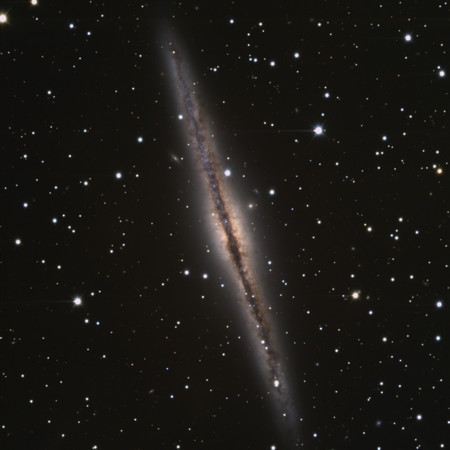
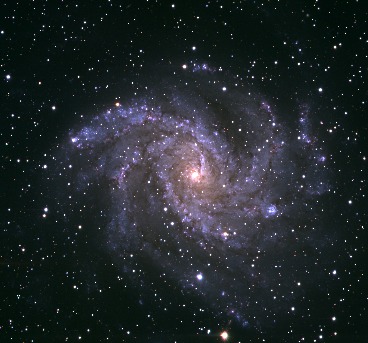
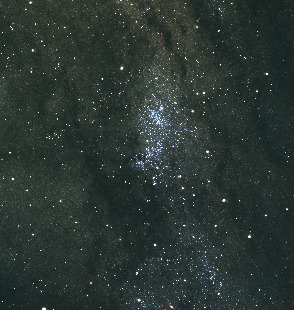
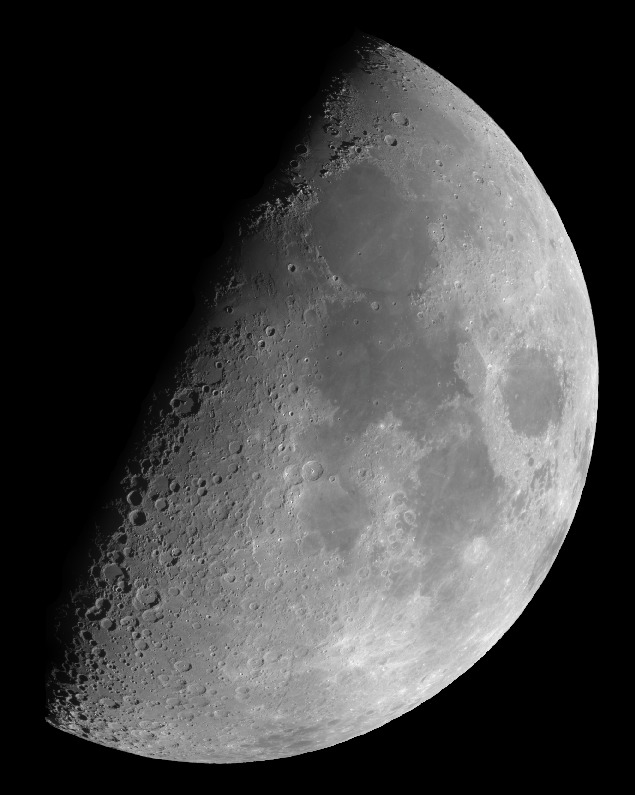
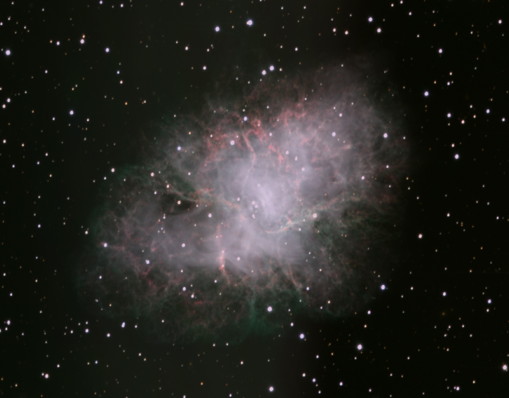
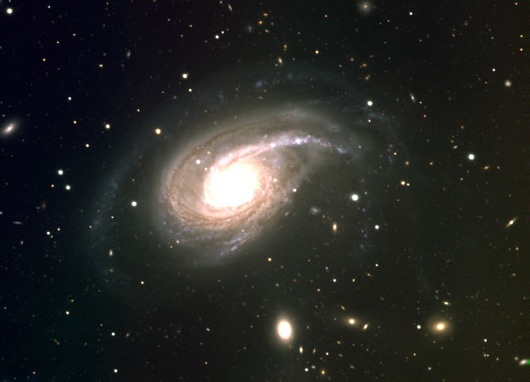
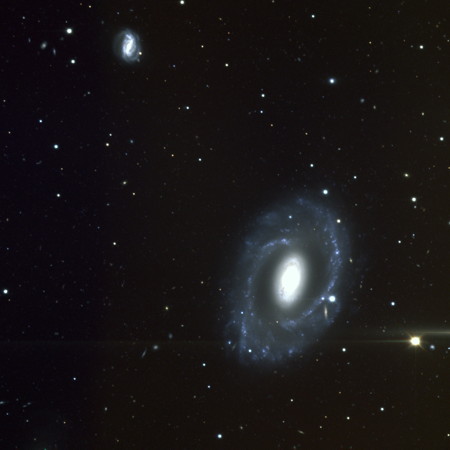
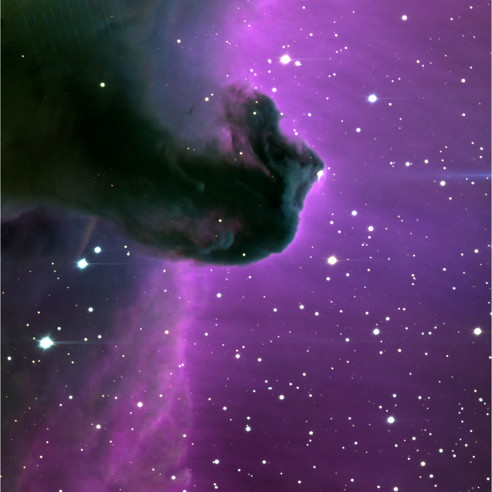
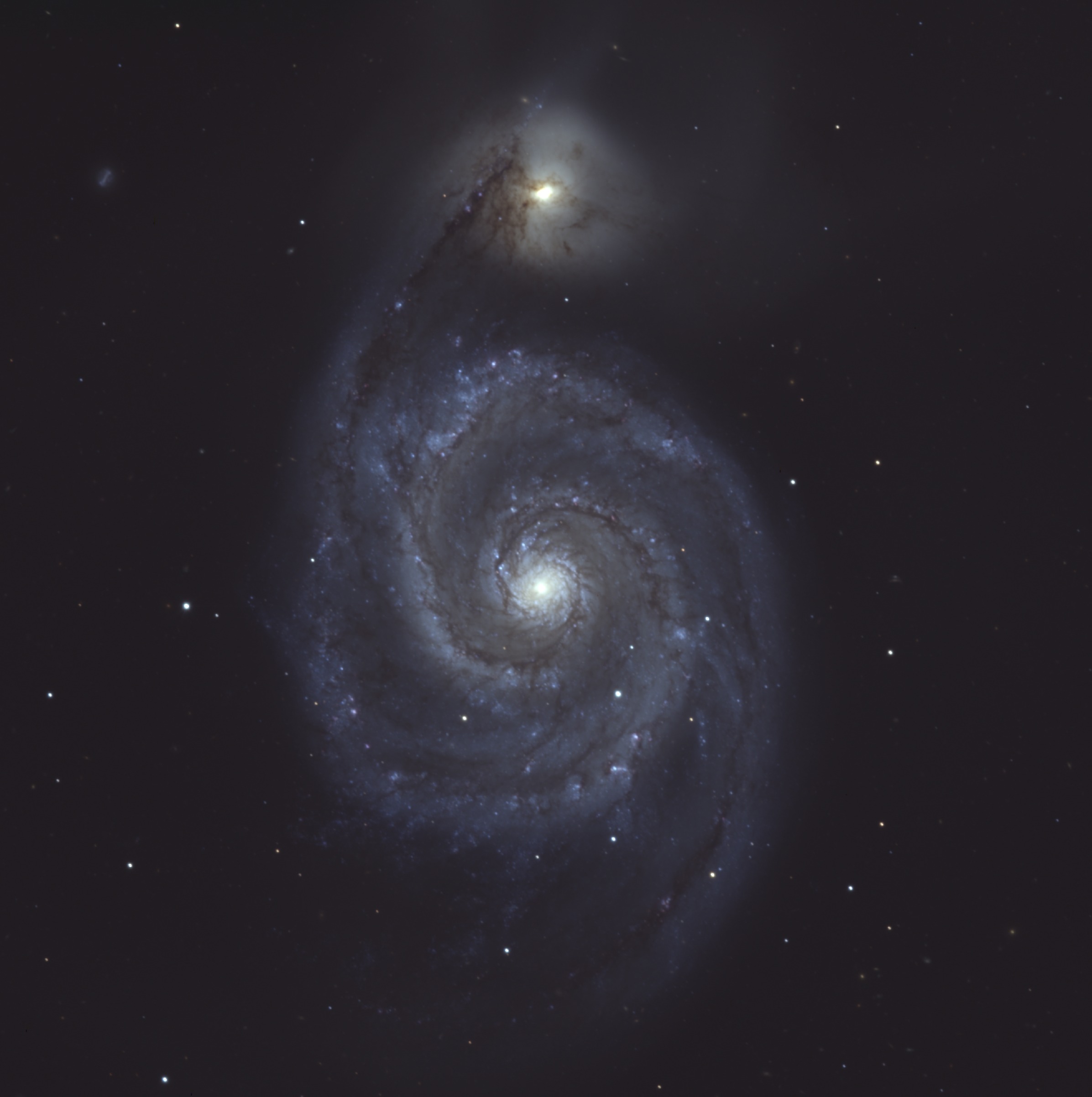
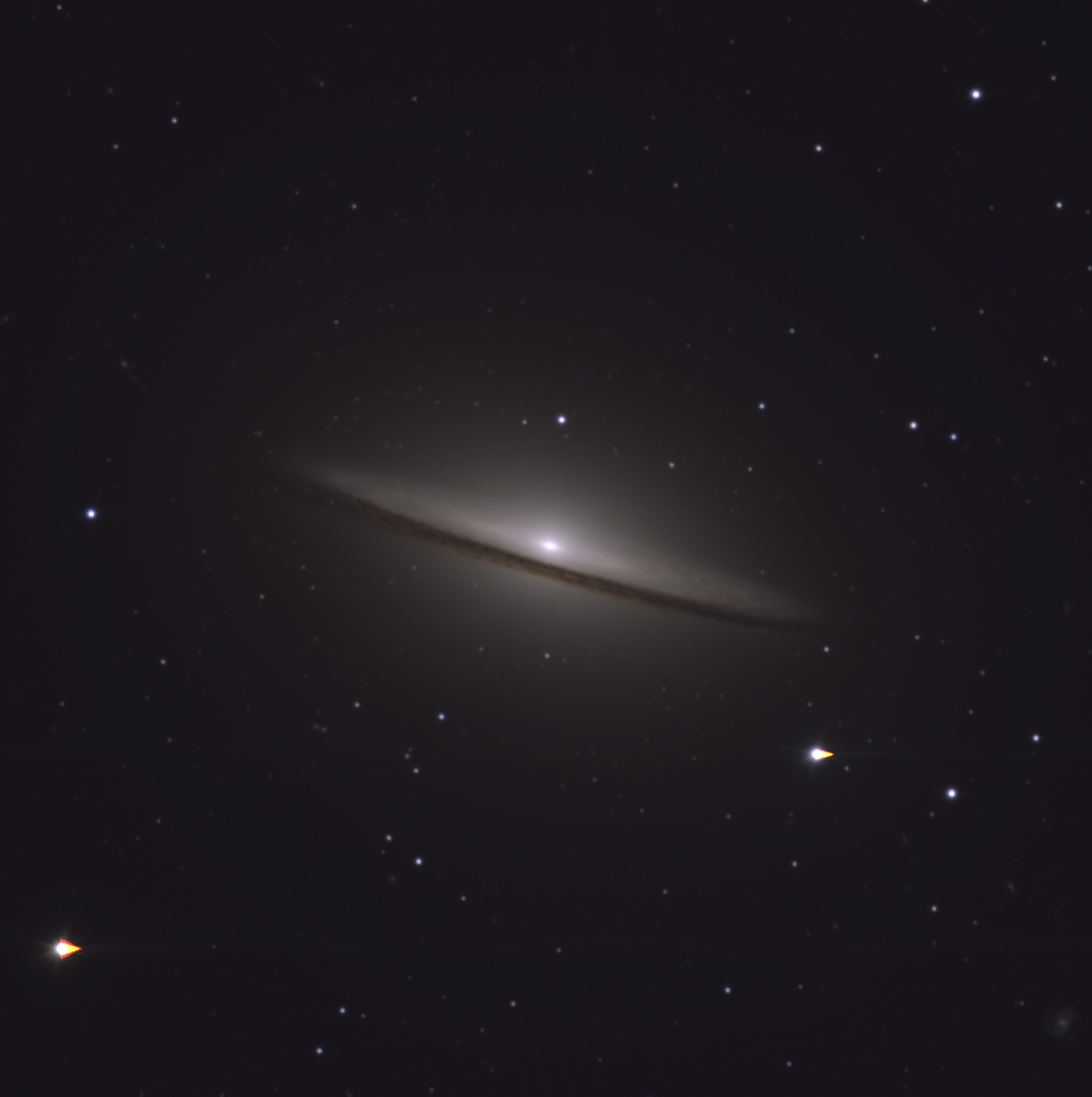
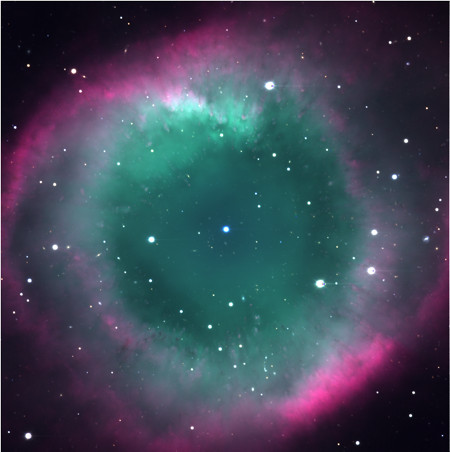
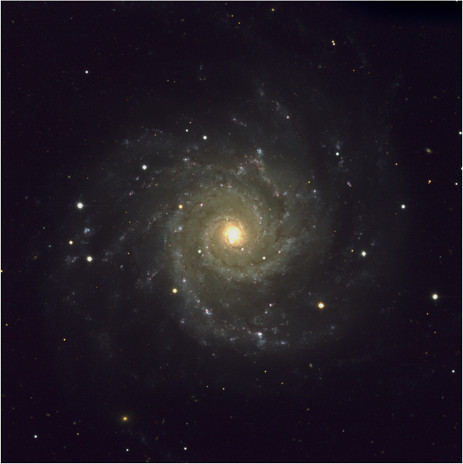
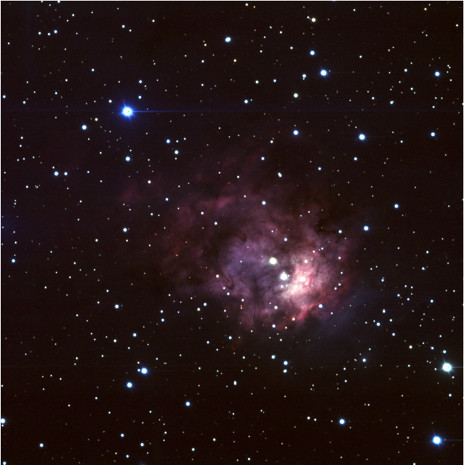
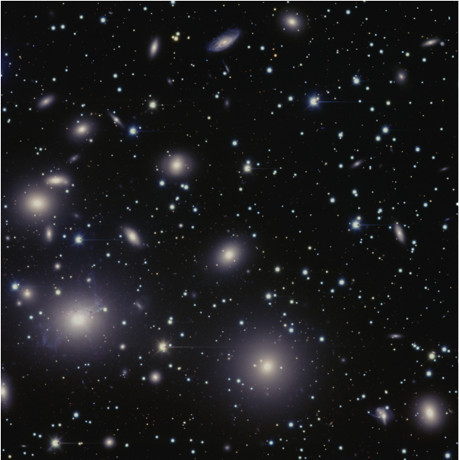
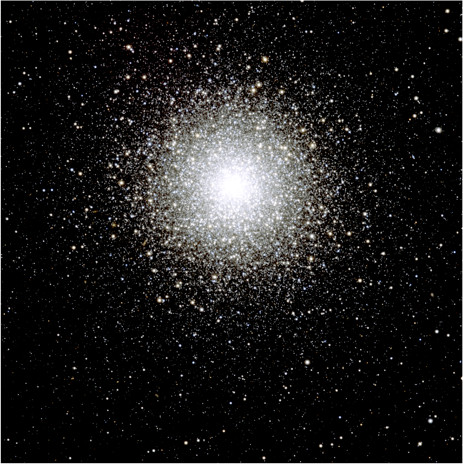
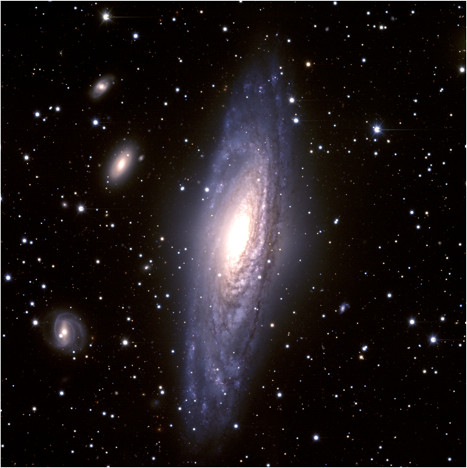
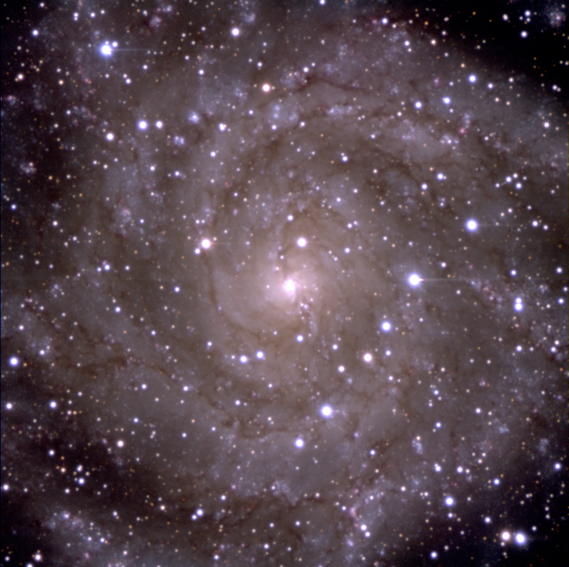
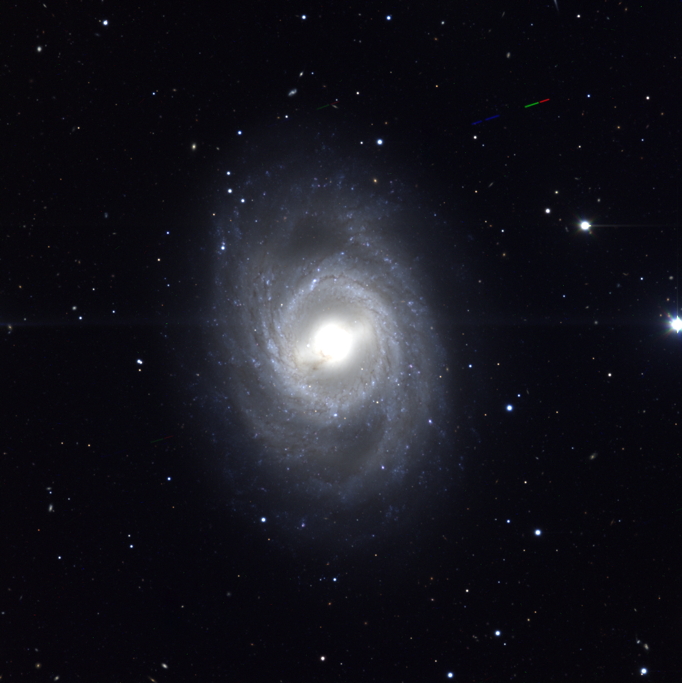
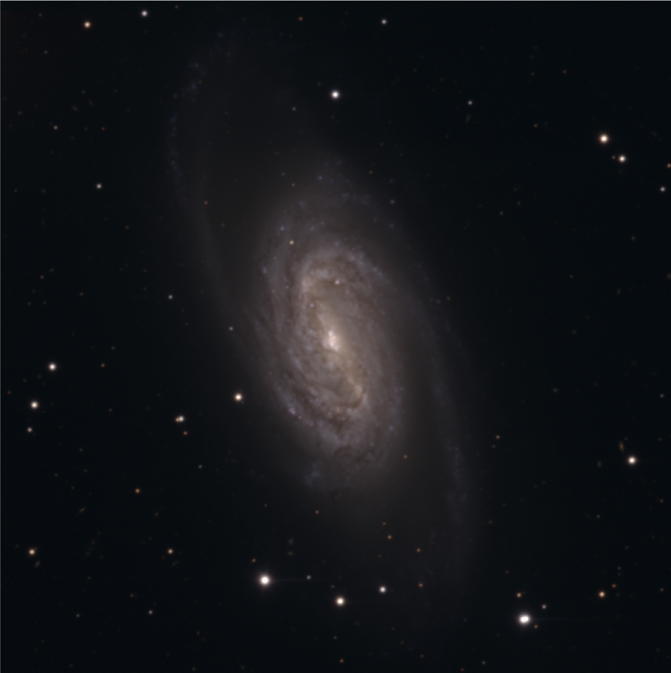
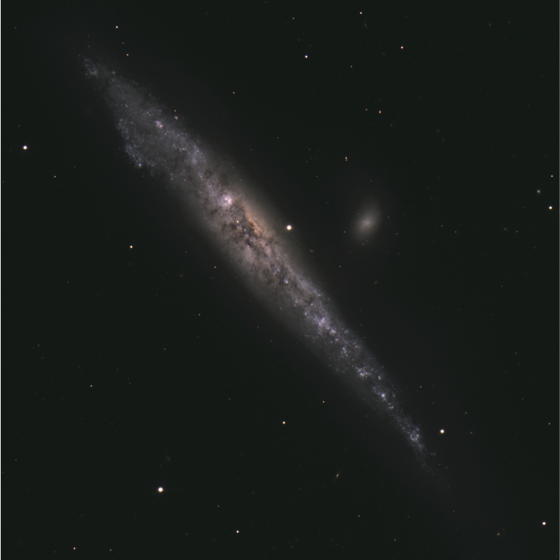
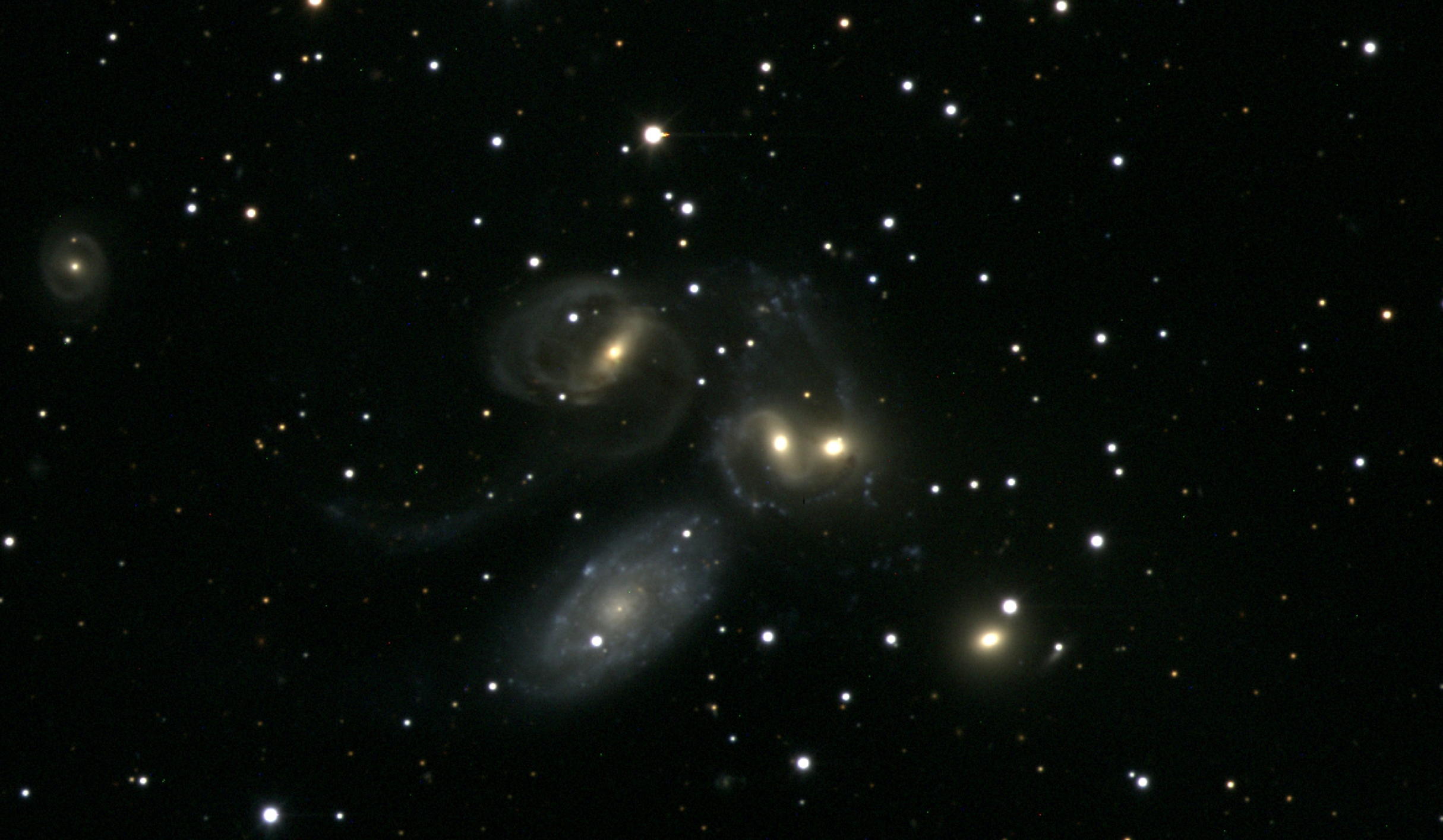

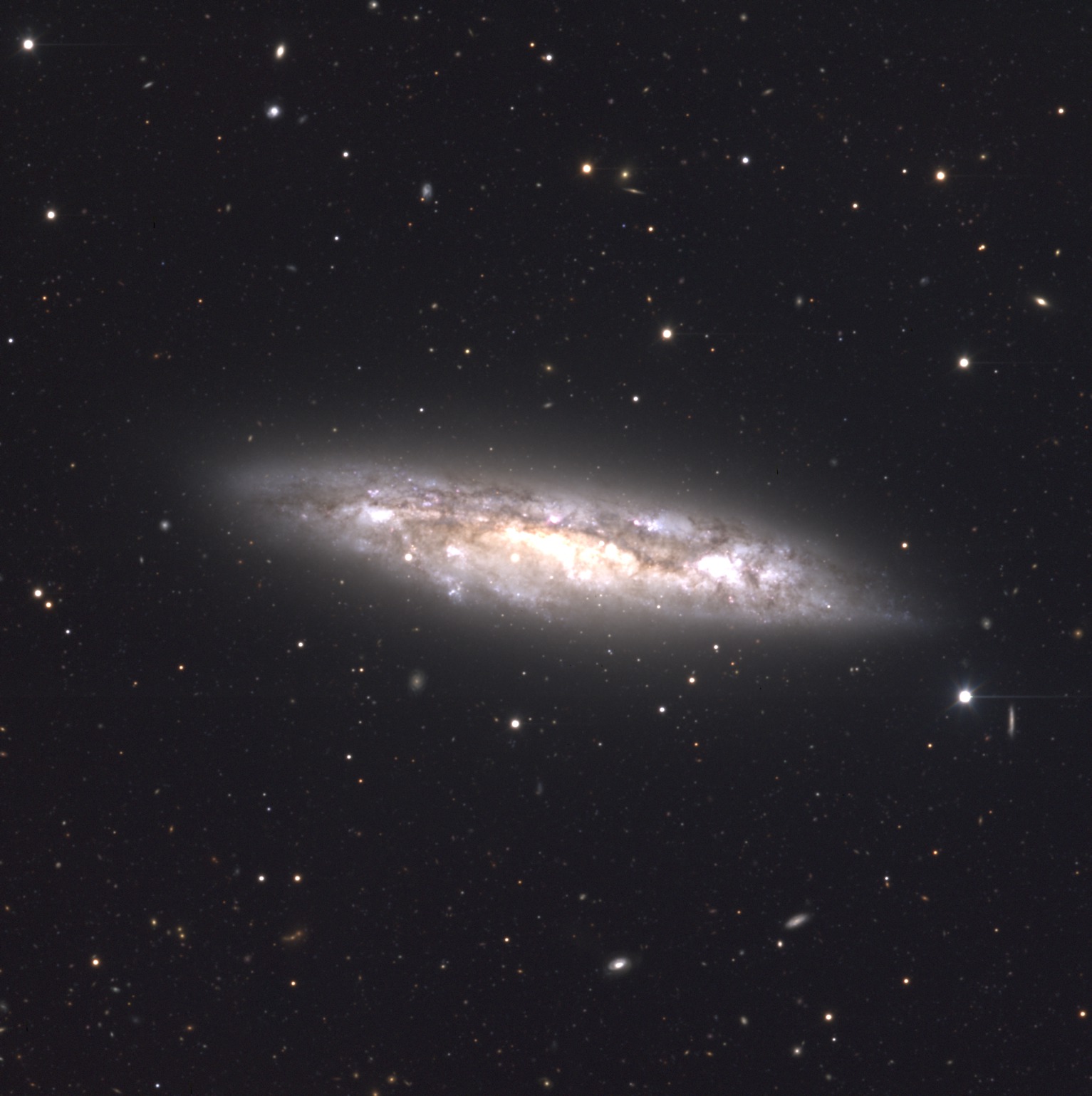
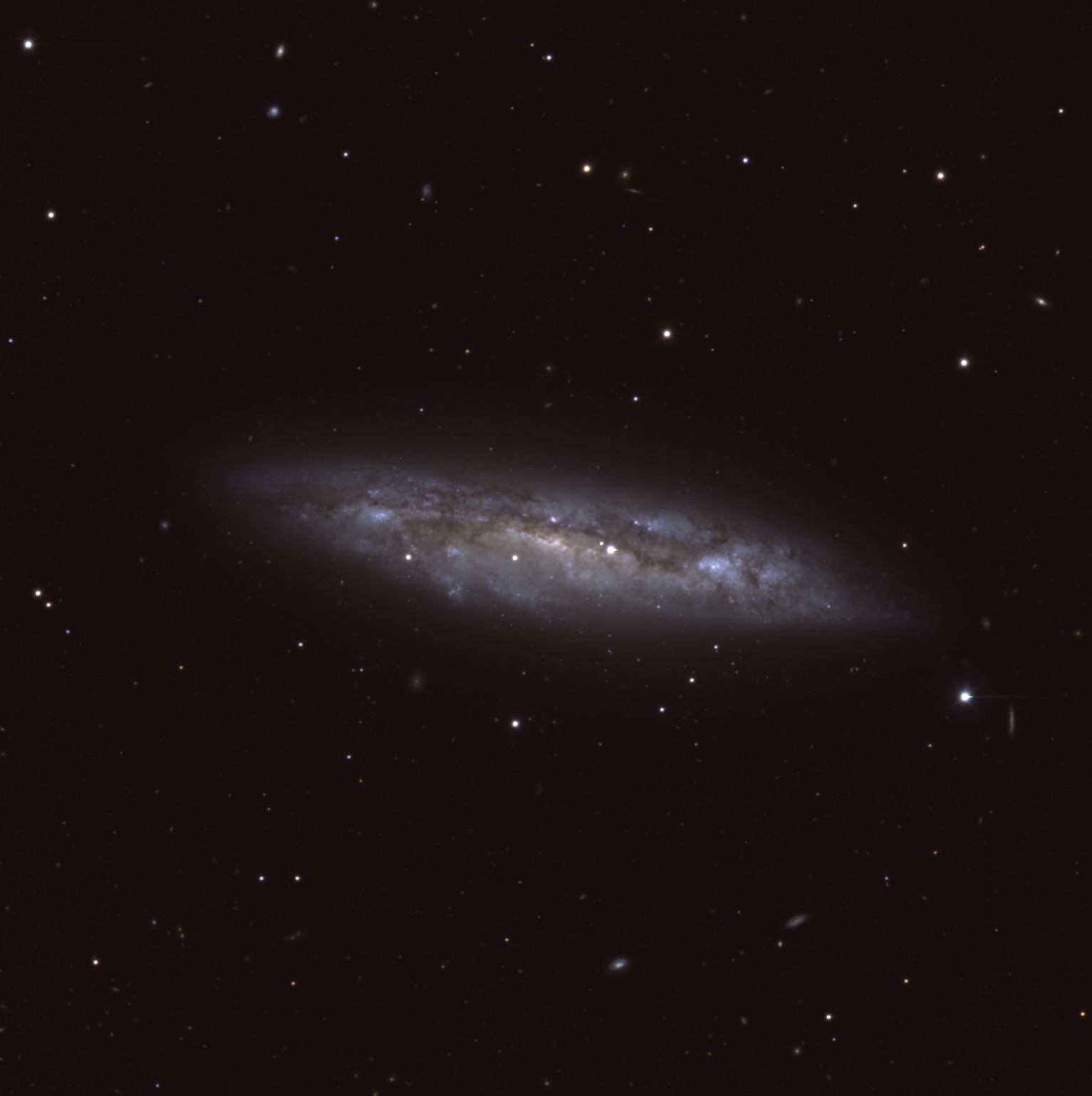
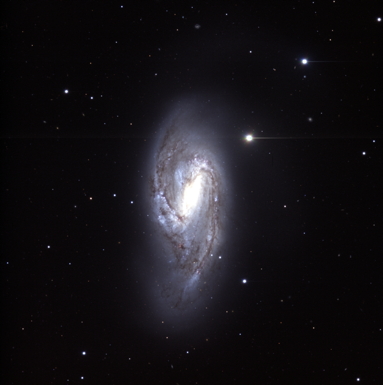
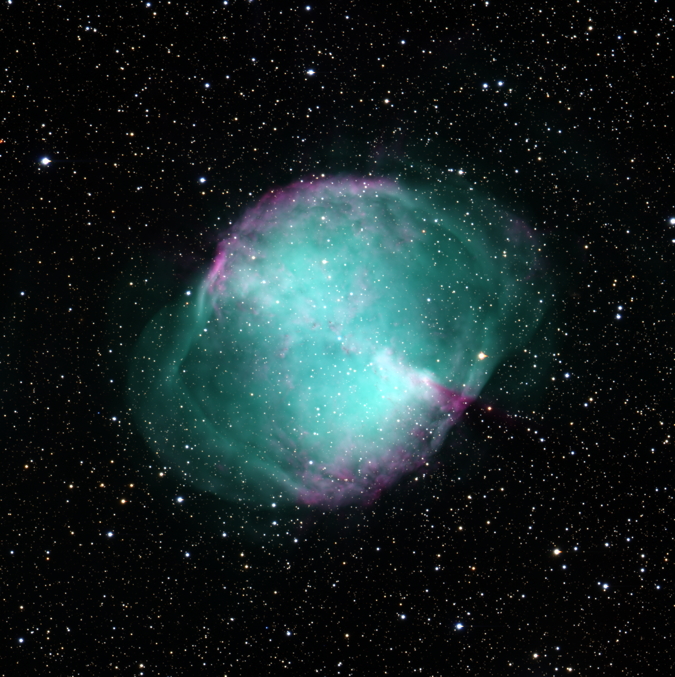
Except as noted, the images were taken by Phil Massey with the "engineering-grade" chip in 2012, and with the "science-grade" chip in 2013, and then processed using IRAF (i.e., bias removal, flat-fielding). One bad column was interpolated over with the engineering chip. Multiple exposures were then shifted using linear interpolation to a common center, and combined with cosmic-ray rejection algorithm. If needed, the final images were rotated so that N is up and E to the left.
The color images were all constructed by Kathryn Neugent using ds9 to balance the the colors, with blue assigned to the B exposures, green assigned to the V exposures, and red assigned to the R exposures. The images have NOT been photoshopped; what you see include warts and all. (For instance, close inspection will reveal that the bright stars show a small charge trail along the serial register; these trails go to the right in the unrotated images.)
Either scroll down or click on the small images above to see the description of each object. Click on the larger image to then see the full-resolution version.

Minimal image credit: Massey/Neugent/Dunham/Lowell Obs./NSF
Back to top

Minimal image credit: Massey/Neugent/Levine/Lowell Obs./NSF
Back to top

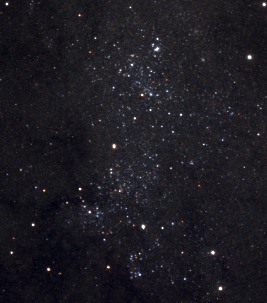
Minimal image credit: Massey/Neugent/Levine/Lowell Obs./NSF
Back to top

The moon was at about first quarter when we shot this on November 20, 2012 in mediocre (1.0 arcsec) seeing. The image is a composite of five images that have been stitched together, and each exposure was 0.001 sec through a V filter, a testiment to our 125mm
Minimal image credit: Massey/Neugent/Levine/Lowell Obs./NSF
Back to top

Minimal image credit: Massey/Neugent/Covey/Lowell Obs./NSF
Back to top
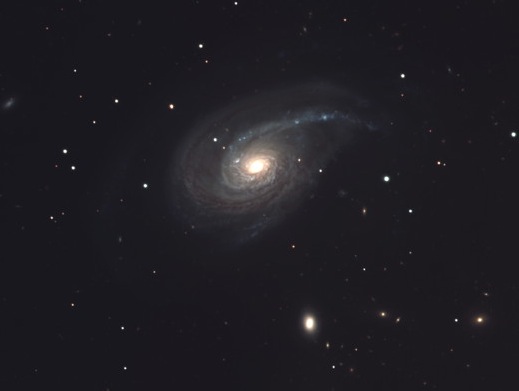

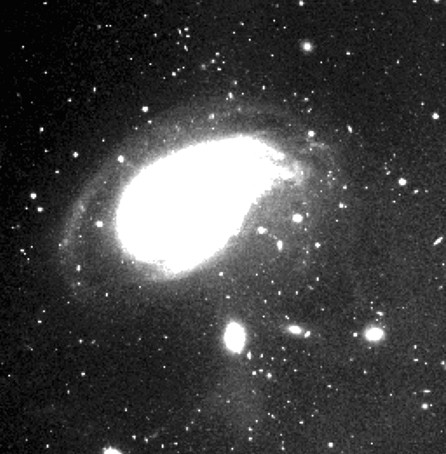
Minimal image credit: Massey/Neugent/Covey/Lowell Obs./NSF
Back to top

Minimal image credit: Levine/Neugent/Massey/Lowell Obs./NSF
Back to top

Minimal image credit: Massey/Neugent/Lowell Obs./NSF
Back to top

Minimal image credit: Massey/Neugent/Lowell Obs./NSF
Back to top

Minimal image credit: Massey/Neugent/Lowell Obs./NSF
Back to top

Minimal image credit: Neugent/Massey/Lowell Obs./NSF
Back to top

Minimal image credit: Neugent/Massey/Lowell Obs./NSF
Back to top

Minimal image credit: Neugent/Massey/Lowell Obs./NSF
Back to top

Minimal image credit: Neugent/Massey/Lowell Obs./NSF
Back to top

Minimal image credit: Neugent/Massey/Lowell Obs./NSF
Back to top

Minimal image credit: Neugent/Massey/Lowell Obs./NSF
Back to top

Minimal image credit: Massey/Neugent/Lowell Obs./NSF
Back to top
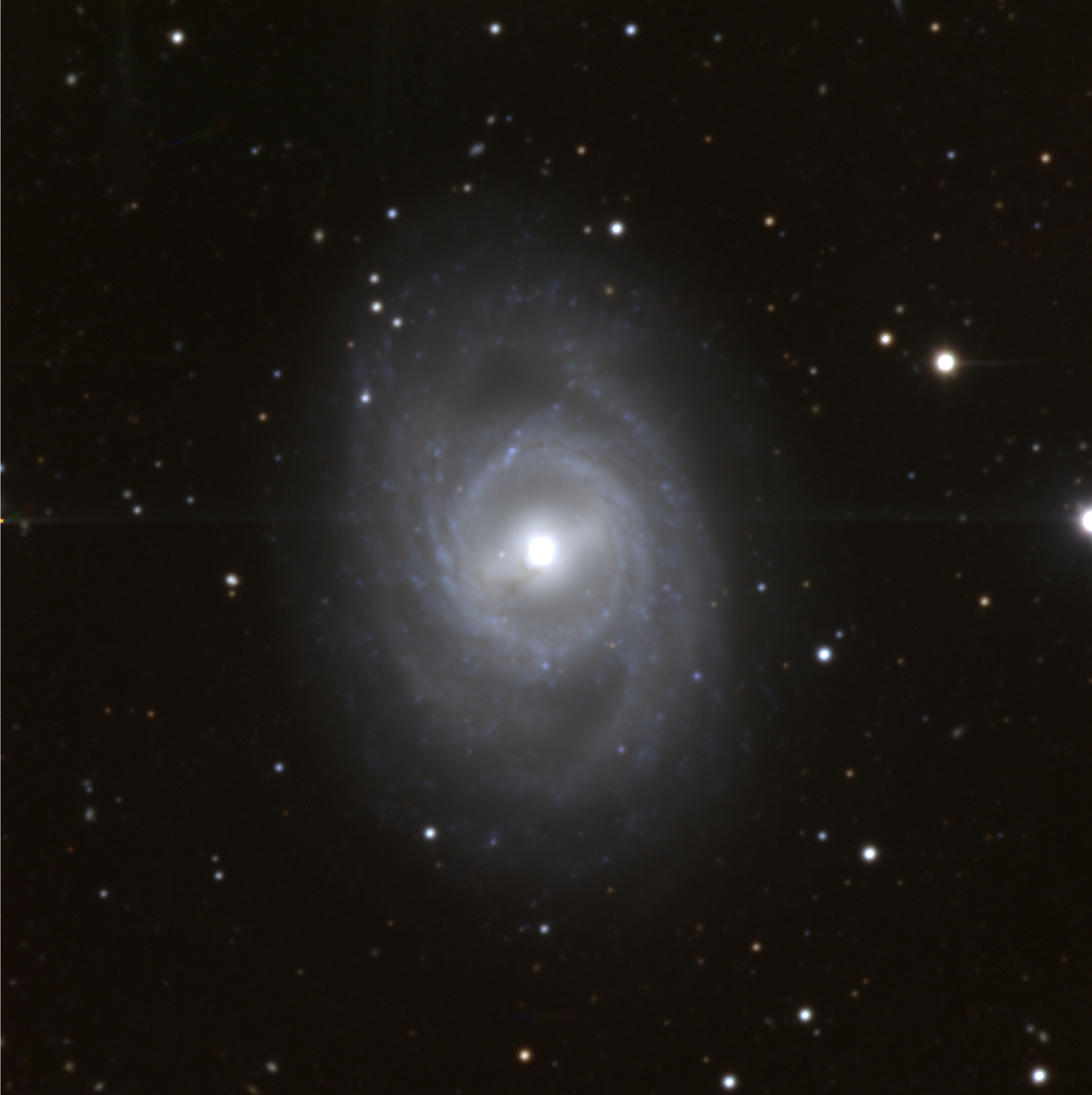

M 95 is barred spiral galaxy located at a distance of 10.2 Mpc (33 million light-years) in the constallation of Leo. The galaxy is a member of the Leo I group. The delicate blue colors denote massive stars. Note the blue, green, and red streak at upper right in the lower picture; that was made by an asteroid moving through the field during these three exposures. A Type IIP core-collapase supernova was seen in this galaxy in 2012. M 95 is sufficiently close that it was possible to unambiguously identify the precursor as a faint red star, likely a red supergiant.
Minimal image credit: Massey/Neugent/Lowell Obs./NSF
Back to top

Minimal image credit: Massey/Neugent/Lowell Obs./NSF
Back to top

Minimal image credit: Massey/Neugent/Lowell Obs./NSF
Back to top

Minimal image credit: Barandi/NAU/Lowell Obs./NSF
Back to top

Minimal image credit: Massey/Neugent/Lowell Obs./NSF
Back to top
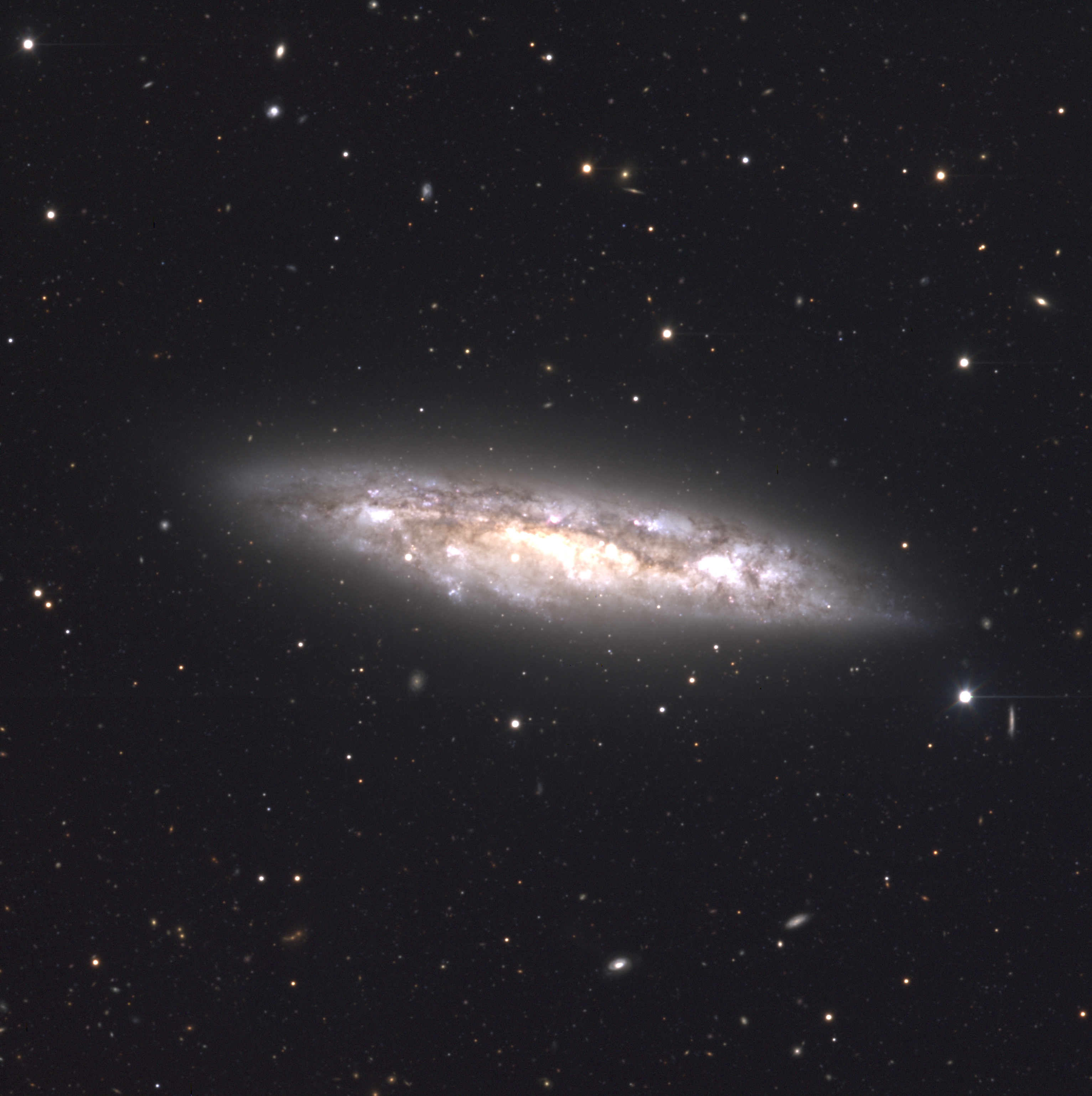
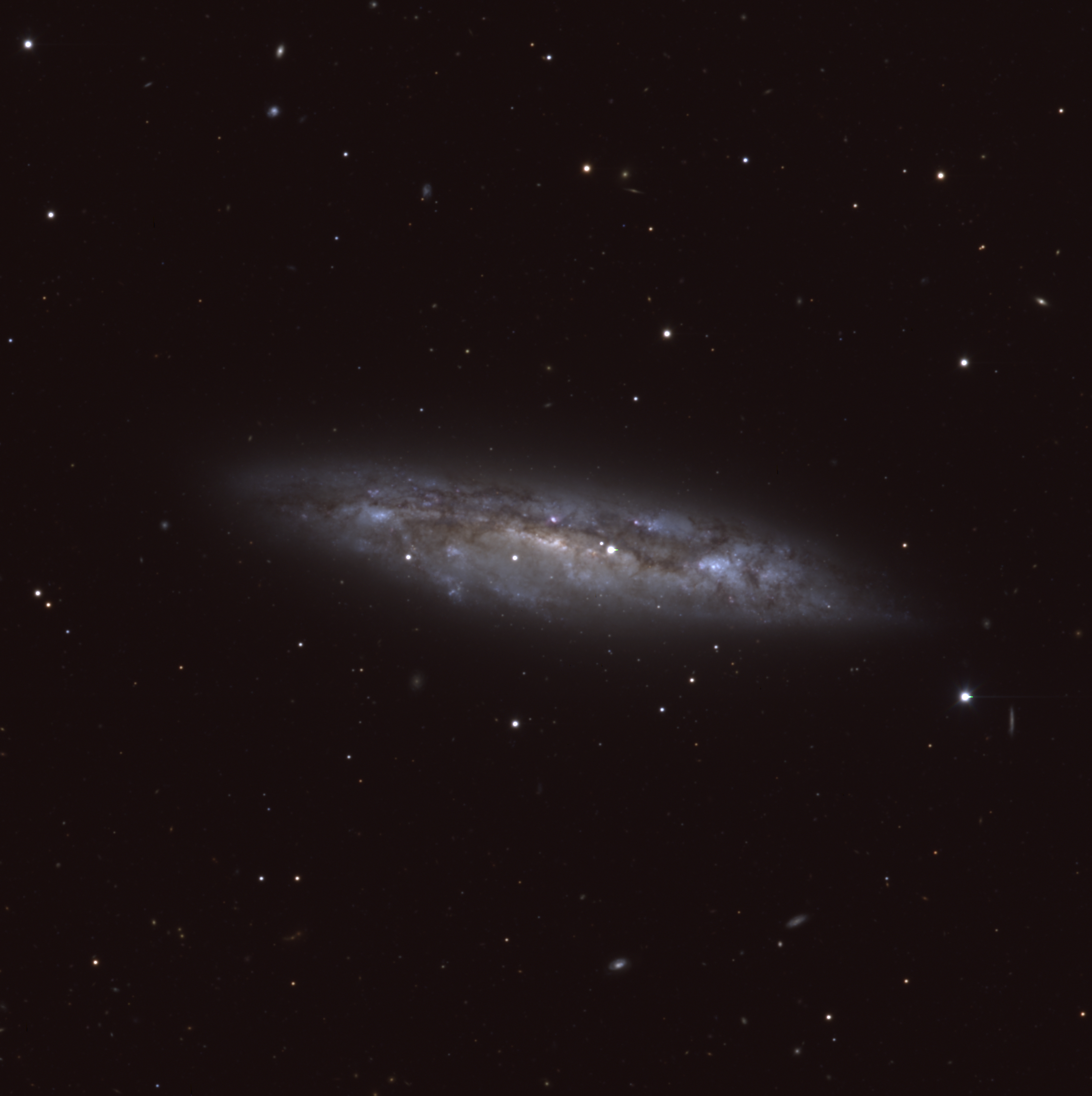
Minimal image credit: Massey/Neugent/Lowell Obs./NSF
Back to top
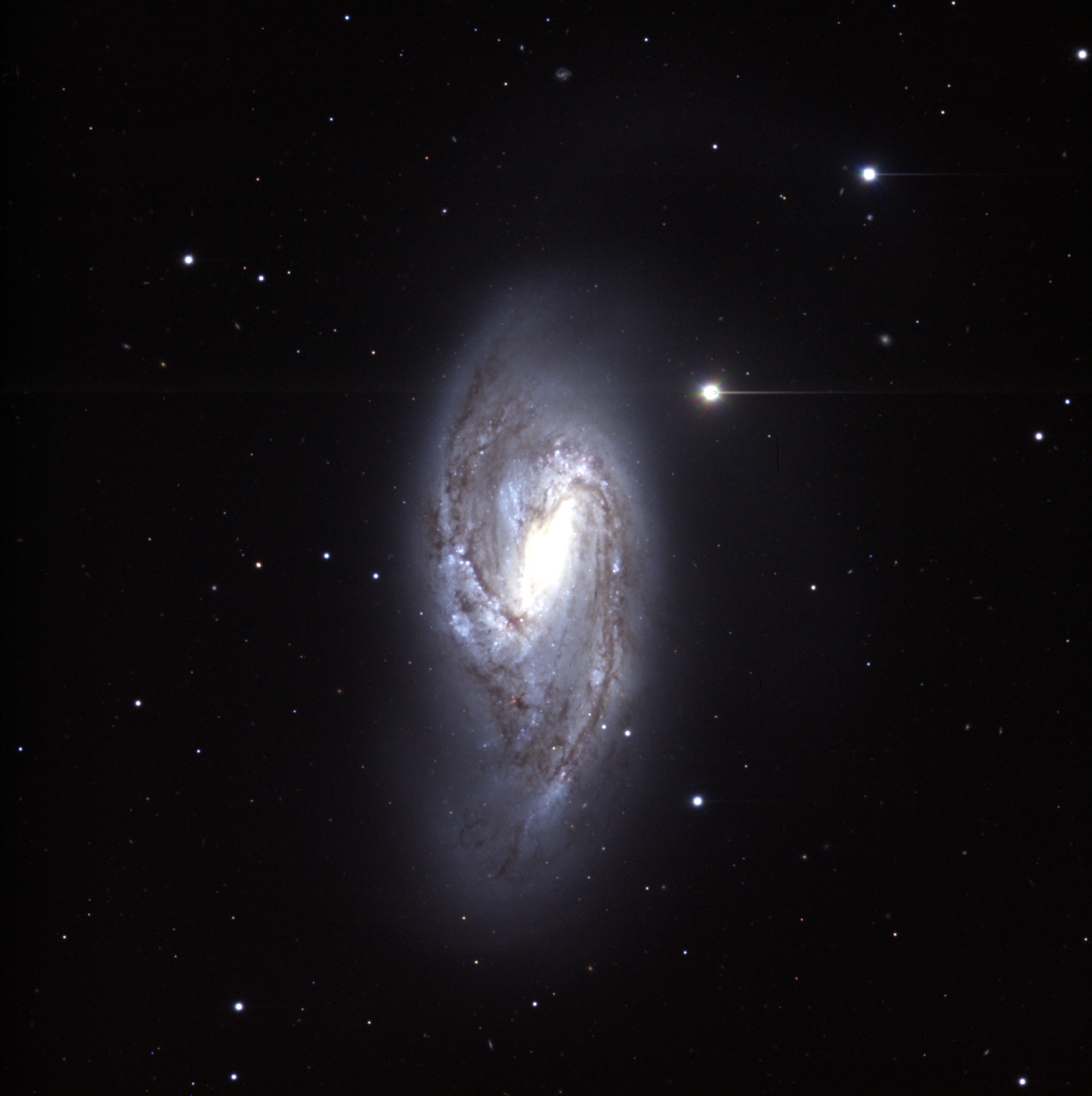
Minimal image credit: Massey/Neugent/Lowell Obs./NSF
Back to top
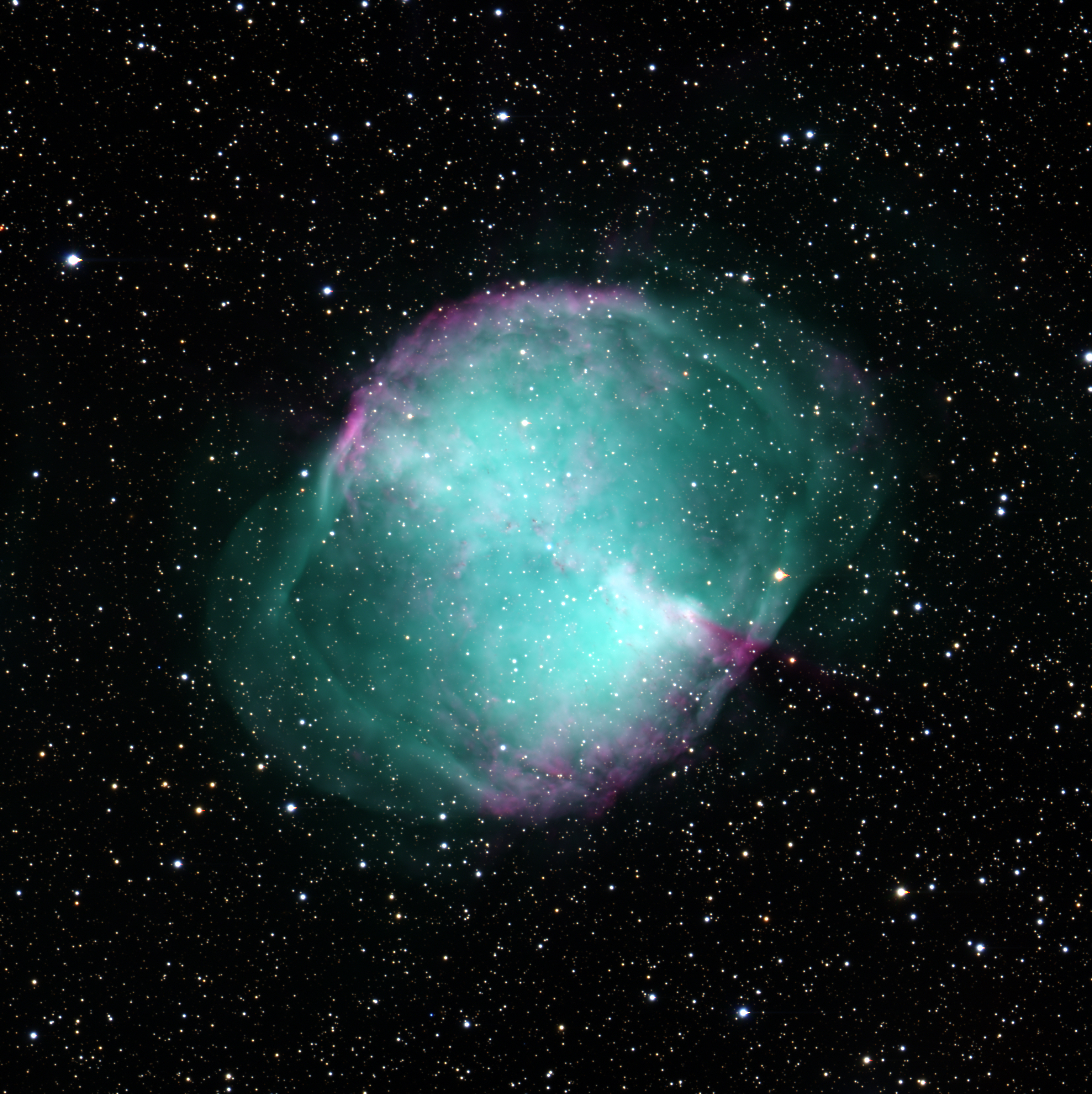
Minimal image credit: Massey/Neugent/Lowell Obs./NSF
Back to top